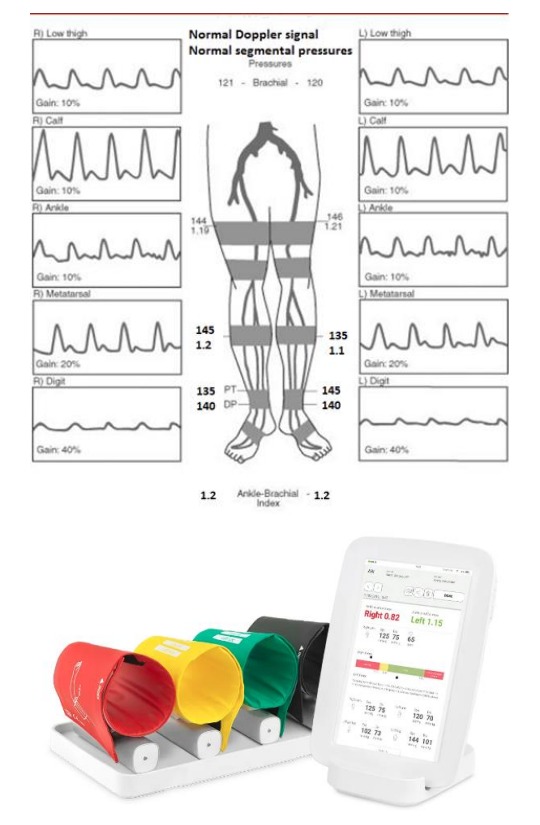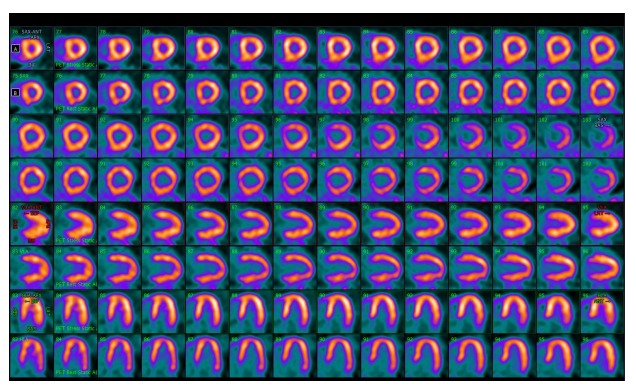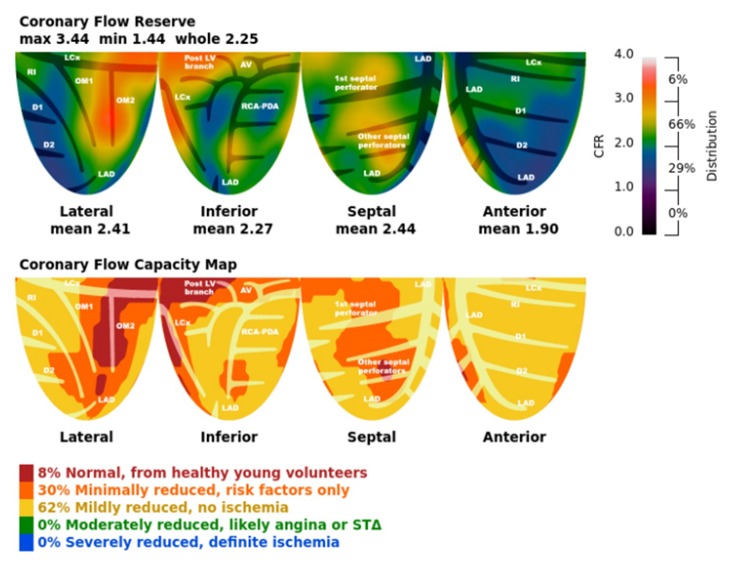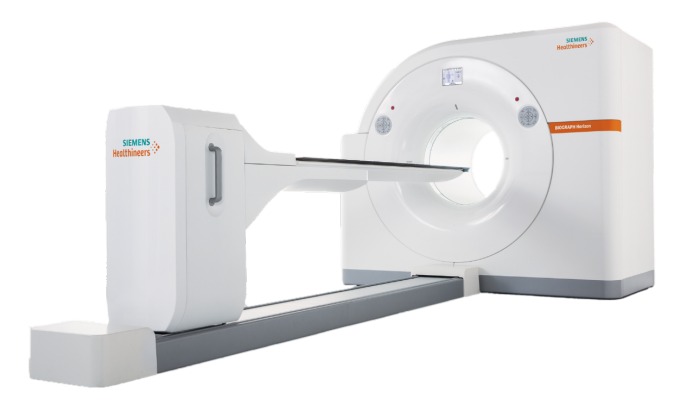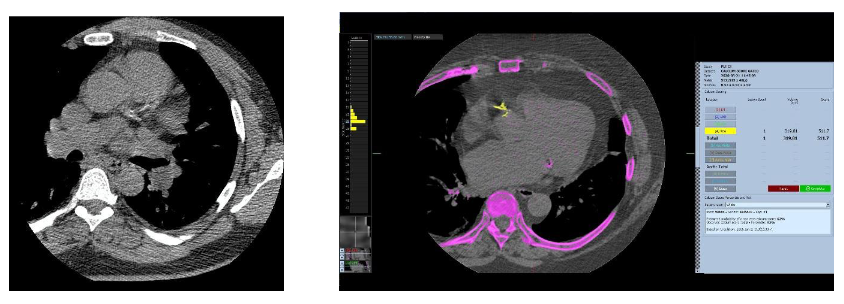Elevating Cardiovascular Care at Our State-of-the-Art Qoros Clear Lake Surgical Center
In our pursuit of championing cardiovascular health, Bay Area Heart confronts the challenges posed by Peripheral Arterial Disease (PAD). This condition emerges from the insidious buildup of fatty deposits within arteries, constricting blood flow to the lower extremities. The consequences can be severe, ranging from discomfort and fatigue to heightened risks of heart attack, stroke, and even limb loss if left untreated.
Here at Bay Area Heart, we’re thrilled to unveil our latest endeavor in advancing cardiovascular care: the Qoros Clear Lake Surgical Center. Nestled within this state-of-the-art facility lies a hub of innovation, where we address not just PAD, but a myriad of cardiovascular conditions with precision and compassion.
Early Detection: A Vital Step
Our team of seasoned cardiologists stands ready to deploy cutting-edge technology and techniques to tackle a range of cardiovascular ailments, from PAD to coronary artery disease and beyond. Central to our approach is the early detection of conditions like PAD through comprehensive screening, particularly crucial for individuals harboring risk factors like smoking, diabetes, hypertension, and elevated cholesterol levels.
Timely identification empowers us to initiate prompt interventions, potentially altering the course of diseases and preserving both lives and limbs. Screening protocols encompass a range of assessments, from physical examinations to specialized imaging studies such as ankle-brachial index (ABI) measurements and doppler ultrasounds.
Innovative Treatment Modalities
Once diagnosed, conditions like PAD open avenues for various treatment modalities, spanning lifestyle modifications, pharmacotherapy, and minimally invasive procedures like balloon angioplasty, stenting, and atherectomy. These interventions aim to enhance blood flow to the extremities, alleviating symptoms and enhancing overall health and mobility.
Recently, our esteemed team achieved a significant milestone at the Qoros Clear Lake Surgical Center, successfully treating a patient afflicted with critical stenosis in the right common femoral artery. Employing a Fox Hollow’s SilverHawk atherectomy followed by drug-coated balloon angioplasty from Medtronic, our intervention yielded exceptional outcomes, marked by profound symptom alleviation and stellar final results.
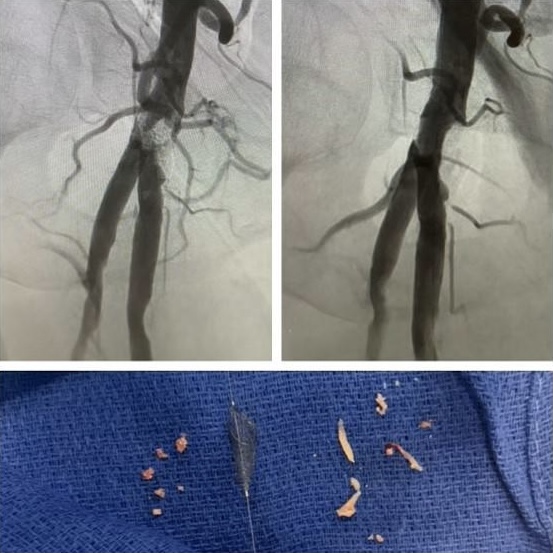
A Beacon of Excellence in Cardiovascular Care
This triumph exemplifies our proficiency in leveraging minimally invasive techniques within an outpatient setting, facilitating rapid recovery and same-day discharge for our valued patients. Under the expert guidance of Dr. Rakesh Shah, achieving over 25 years of experience in PAD management and interventional cardiology, the Qoros Clear Lake Surgical Center stands as a beacon of excellence in cardiovascular care.
Equipped with state-of-the-art instrumentation and staffed by a compassionate, dedicated team, our facility epitomizes our unwavering commitment to delivering unparalleled care to our cherished community.
Continuing the Journey Towards Health and Vitality
For further insights into our services and capabilities, we invite you to explore our websites at Qoros Clear Lake ASC and Bay Area Heart. Together, let’s continue our journey towards safeguarding lives and limbs, one Texas heart at a time.
In closing, we reaffirm the pivotal role of comprehensive cardiovascular care in preserving health and vitality, and at Bay Area Heart, we’re honored to be at the forefront of this life-saving mission.


